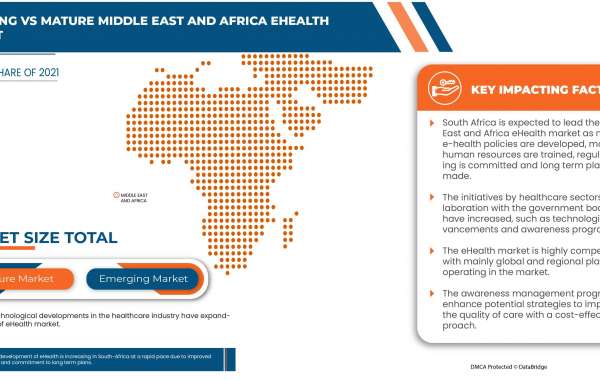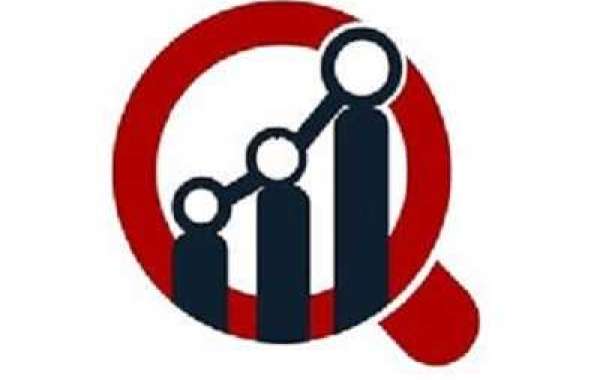The rise of drone technology has dramatically transformed a variety of industries, with geospatial data collection being one of the most impacted sectors. Drones, or unmanned aerial vehicles (UAVs), have enabled new possibilities in surveying, mapping, and data collection, providing geospatial professionals with powerful tools to gather accurate, timely, and cost-effective data. From construction sites to environmental monitoring, drone survey and mapping technologies are shaping the future of geospatial data collection by offering greater efficiency, precision, and accessibility.
The Role of Drones in Geospatial Data Collection
Geospatial data is essential for a wide array of applications, such as land planning, infrastructure development, resource management, and environmental monitoring. Traditional methods of data collection, such as land-based surveys and satellite imaging, are often time-consuming, expensive, and limited in scope. Drones, however, have emerged as a revolutionary tool that can rapidly capture high-resolution data across vast areas, making them an invaluable resource for professionals in various sectors.
Drones equipped with advanced sensors and cameras can fly over a specific area, capturing images, videos, and other geospatial data from a bird's-eye view. These images are then processed using photogrammetry and remote sensing software to create detailed 2D and 3D maps, models, and terrain models. This provides a more comprehensive and accurate view of the area compared to traditional methods, enabling informed decision-making in the planning and management stages of projects.
Benefits of Drone Survey and Mapping
Increased Efficiency and Time-Savings: Drone technology allows for rapid data collection over large areas, which would take significantly longer using traditional methods. Drones can cover vast tracts of land in just a few hours, allowing surveyors to gather more data in a shorter period. This increased efficiency leads to faster project timelines and the ability to quickly respond to changes on the ground.
Cost-Effectiveness: Traditional surveying methods often require expensive equipment, a large workforce, and significant time investments. Drones, on the other hand, offer a more affordable alternative for collecting high-quality data. With fewer personnel needed and less reliance on costly machinery, drone surveying can significantly reduce operational costs, making it accessible for a broader range of industries. Enhanced Accuracy and Precision: Drones equipped with high-precision sensors, such as LiDAR (Light Detection and Ranging) or high-resolution cameras, are capable of capturing highly accurate data. This level of precision is crucial in fields like construction, urban planning, and environmental management, where even minor inaccuracies can lead to significant project delays or budget overruns.
Furthermore, drones can collect data from various angles and altitudes, reducing the potential for data gaps or blind spots. The use of photogrammetry software also enables the creation of precise 3D models and maps, offering a more detailed and accurate view of the land or structures being surveyed. Improved Safety: Drones provide a safer way to collect data, particularly in hazardous environments. Instead of sending workers into potentially dangerous areas, such as unstable construction sites, hazardous waste locations, or areas prone to natural disasters, drones can safely fly over these zones and gather data from above. This minimizes the risk of injury to personnel and ensures that dangerous locations can still be surveyed without putting anyone at risk.
Access to Remote or Hard-to-Reach Areas: Drones are particularly useful in surveying remote or difficult-to-reach locations where traditional methods may not be feasible. In areas like mountains, forests, or bodies of water, drones can easily access regions that would otherwise be challenging for surveyors to reach. This allows for more comprehensive geospatial data collection in locations that may have been previously overlooked.
Applications of Drone Survey and Mapping
Drones have proven invaluable in various industries, with their applications extending far beyond simple mapping. Here are some key areas where drone survey and mapping technologies are making a significant impact
Construction and Infrastructure In the construction industry, drones have become essential for project monitoring, surveying, and site planning. Drones can capture real-time images of construction sites, enabling project managers and contractors to monitor progress, ensure quality control, and identify potential issues before they become problems.
Drones also aid in creating 3D models and topographic maps for new construction projects, helping engineers and architects with site selection, grading, and planning. By providing accurate and up-to-date data, drones help streamline the construction process, reduce delays, and improve overall efficiency.
Agriculture: The agricultural industry is another sector that has embraced drone survey and mapping technology. Drones equipped with multispectral and thermal sensors can capture data on crop health, soil conditions, and irrigation systems, providing farmers with valuable insights that can improve crop yields and reduce resource waste. Farmers can use drone data to identify problem areas in their fields, such as areas with poor soil or irrigation issues, allowing them to take targeted action. This precision agriculture approach helps optimize farming practices, reduce costs, and increase sustainability.
Environmental Monitoring and Conservation: Environmental organizations and governments use drones to monitor natural habitats, wildlife, and ecosystems. Drones provide an efficient way to gather data on forest cover, water bodies, wetlands, and wildlife populations, enabling researchers to track changes in the environment over time.Drones are particularly useful for monitoring areas that are difficult to access, such as remote forests, coral reefs, or protected wildlife reserves. They can also be used to assess the impact of environmental disasters, such as wildfires, oil spills, or flooding, allowing for rapid response and mitigation efforts.
Mining and Resource Management: The mining industry has also benefited from drone survey and mapping technologies. Drones can be used to monitor mining operations, assess excavation progress, and track stockpile volumes, providing a more accurate picture of a mine's operations than traditional methods.
Additionally, drones can be used for environmental monitoring around mining sites, helping companies comply with regulations and minimize their environmental impact. By collecting detailed geospatial data, drones assist in ensuring that mining operations are sustainable and efficient.Urban Planning and Smart Cities: Urban planners use drones to map out cities, track infrastructure development, and plan for future growth. By capturing high-resolution aerial images of urban areas, drones help planners visualize how cities are evolving and identify areas that require development or improvement.
Drones also play a key role in the creation of smart cities, where technology and data are used to enhance urban living. Drones can monitor traffic flow, assess energy usage, and collect data on air quality, providing valuable insights that can inform smart city planning and development.
The Future of Drone Survey and Mapping
The future of drone survey and mapping is bright, with ongoing advancements in drone technology, data processing, and software development. As drones become more capable, accessible, and affordable, their applications in geospatial data collection will continue to expand.
One of the key trends in the future of drone mapping is the integration of artificial intelligence (AI) and machine learning. AI-powered drones can autonomously capture and analyze data, making the survey process even more efficient. AI can also help process and interpret data in real time, allowing for faster decision-making and reducing the need for manual analysis.
Additionally, advancements in drone sensors, such as LiDAR and hyperspectral cameras, will further enhance the precision and capabilities of drone surveying. As drones become equipped with even more sophisticated sensors, they will be able to capture data at higher resolutions and in a wider range of conditions, making them invaluable tools for professionals across industries.
Conclusion
Drone survey and mapping technologies are revolutionizing the way geospatial data is collected, providing faster, more accurate, and more cost-effective solutions than ever before. As drones continue to evolve, their applications in construction, agriculture, environmental monitoring, and many other sectors will only expand, enabling professionals to make better-informed decisions, improve efficiency, and reduce costs.
Companies like Asteria Aerospace are at the forefront of this technological revolution, offering advanced drone solutions that help businesses in various industries harness the power of aerial data collection. With their expertise in drone hardware and software, Asteria Aerospace is helping shape the future of geospatial data collection, driving innovation and improving operations across the globe.










